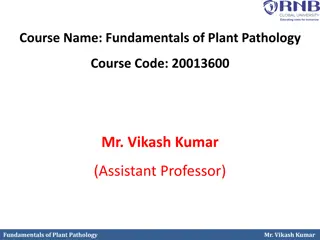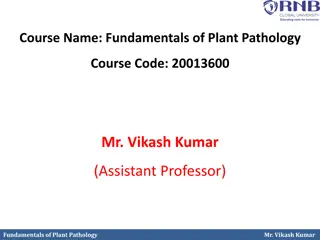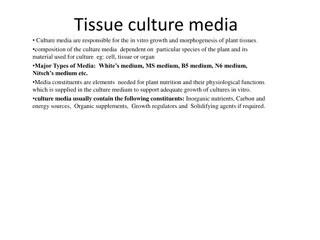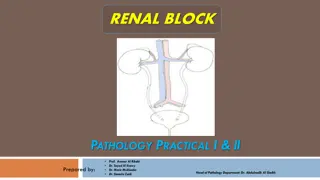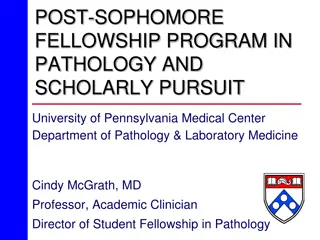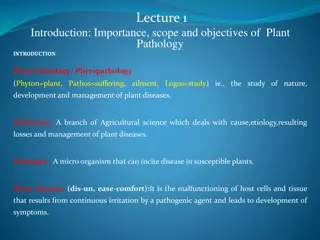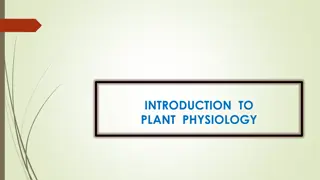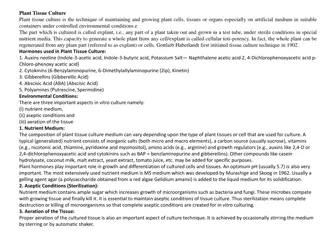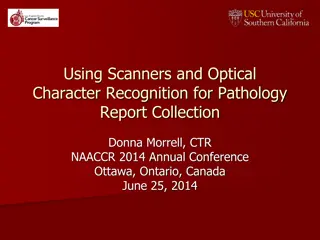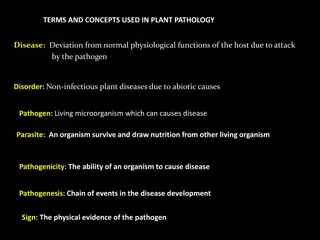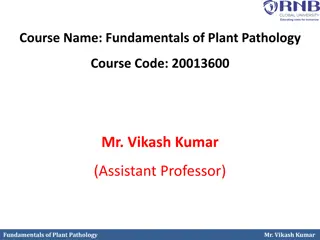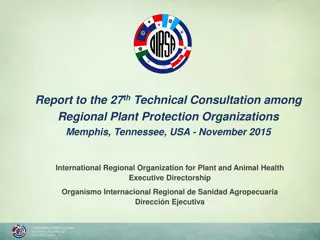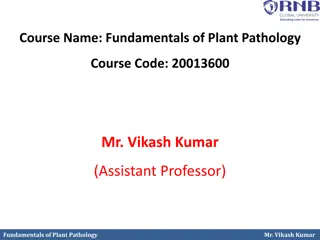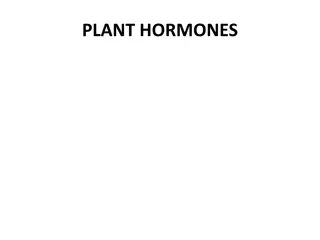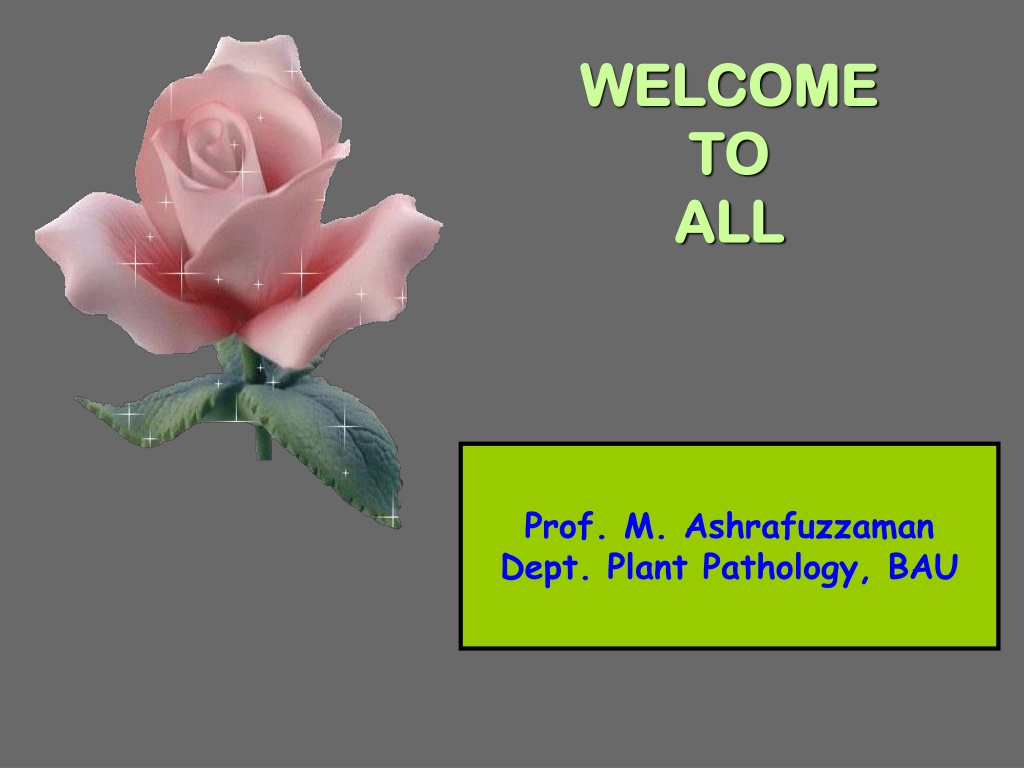
Evolution of Plant Pathology Through the Ages
Explore the fascinating history of plant pathology, divided into four distinct phases: Ancient Period, Dark Period, Renaissance Period, and Modern Period. From Theophrastus' observational work in Ancient times to Anton De Bary's modern discoveries in the 19th century, witness the progression of knowledge and understanding in the field of plant diseases.
Download Presentation

Please find below an Image/Link to download the presentation.
The content on the website is provided AS IS for your information and personal use only. It may not be sold, licensed, or shared on other websites without obtaining consent from the author. Download presentation by click this link. If you encounter any issues during the download, it is possible that the publisher has removed the file from their server.
E N D
Presentation Transcript
WELCOME WELCOME TO TO ALL ALL Prof. M. Ashrafuzzaman Dept. Plant Pathology, BAU
History of Plant Pathology Four Phases 1. Ancient period 2. Dark period 3. Renaissance period 4. Modern period
Ancient Period Theophrastus (300-286 B.C.) Study and write about the diseases of trees, cereals and legumes in his book enquiry into plants His approach was observational and speculative rather than experimental. Theory of spontaneous generation Father of botany
DARK PERIOD 300AD and 1300AD Also called pre-renaissance period in history no increase in the knowledge of plant pathology
PRE-MODERN/ RENAISSANCE PERIOD/AUTOGENIC ERA (17thmid 19th) 1675 A. D.-Anton van Leeuwenhoek (Holland) Invented compound microscope in 1675 In 1683 he described bacteria seen with this microscope
1729 A. D.-Pier Antonio Micheli (Italian) Observed fungal spores for the first time and conducted many spore germination studies in 1729 He published a book Nova Plantarum Genera in which he gave descriptions about 1900 species in Latin out of which 900 were fungi. Father of Mycology.
3) 1755 A. D.-Tillet (French) Published a paper on bunt or stinking smut of wheat He reported treatment of seeds the chemical
MODERN PERIOD/ GOLDEN ERA/PATHOGENIC ERA (1800 1900) IRIS FAMINE In 1845, the potato crop in Ireland was completely wiped out by late blight disease caused great famine in 1846. This resulted in the death of hundreds of thousands of people immigration of more than one and a half million Irish to United States.
4) 1853 A. D.-Anton De Bary (Germany) established that fungi are the causes, not result of plant diseases renamed the casual organism of late blight as Phytophthora infestans. He discovered heteroecious nature of rust fungi father modern Mycology Detailed life cycles of downy mildew He wrote a book named Morphology and Physiology of fungi, lichens and Myxomycetes (1866).
8) 1879 A. D.- Robert Koch Established the germ theory Germ theory diseases are caused by the presence and actions of specific micro-organisms that microorganisms are the cause of many diseases.
8) 1889 A. D. Beijerinck (Dutch) proved that the virus is not a living microorganism. N.A. Cobb Contributed a lot to nematode morphology, taxonomy and methodology Founder of virology Founder of nematology
Paul Neergaard Father of seed pathology
Bengal Famine 1943 Brown spot diseases
Bangladesh perspective Department of plant pathology Seed Pathology Centre Plant Disease diagnostic Clinic
Today Plant Pathology Some major trends were in the following areas: Physiological plant pathology Genetics of the host and the pathogens Environment and its relation to plant disease Nature of disease resistance in plants Biochemistry and physiology of the diseased plants Tissue culture in plant pathology Ecological study of plant pathogens Integrated plant disease management Biotechnology and genetic engineering



